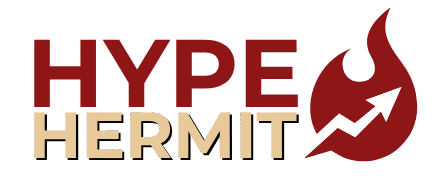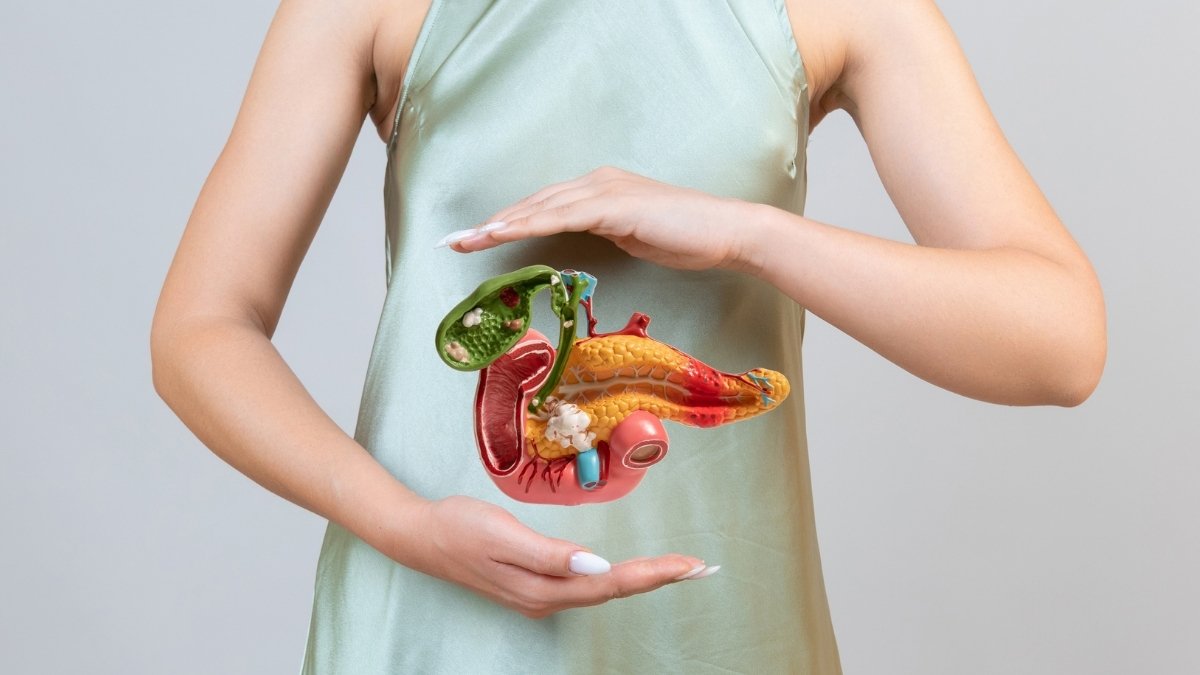Over 500,000 Americans get gallbladder surgery each year, thinking their digestive problems are over. They’re wrong.
Problem: Your doctor removes your gallbladder to stop the pain. But surgery can trigger three serious diseases after gallbladder removal that nobody talks about. Post-cholecystectomy syndrome hits 30% of patients. Chronic diarrhea ruins daily life. Your bile system goes haywire.
The worse part? Most people suffer for months before getting proper treatment. Some wish they could avoid surgery completely.
Here’s what you’ll discover: The three hidden diseases that follow gallbladder removal, why they happen, and how to treat them. Plus proven ways to avoid surgery if you’re not facing an emergency. Your digestive health depends on knowing this before you sign that consent form.
How Gallbladder Removal Alters Your Body
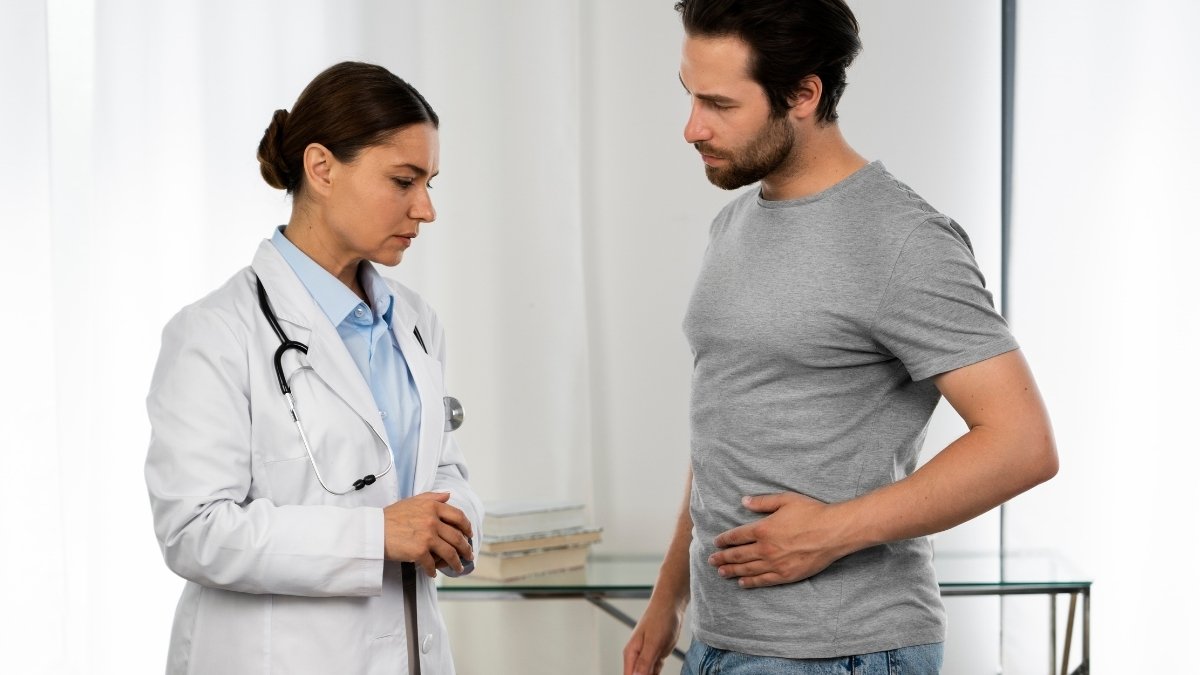
Your body changes after gallbladder removal. Here’s what happens and why you might feel different.
Your Bile System Works Differently Now
Before surgery, your gallbladder stored bile. It released this bile when you ate fatty foods. Now your liver drips bile straight into your intestines all day long. This constant drip means you don’t get big bursts of bile when you need them most.
Fat Digestion Gets Harder
Without stored bile, your body struggles to break down fats. You might notice gallbladder removal side effects like diarrhea after eating greasy foods. Bloating becomes common too. Your intestines work overtime trying to handle fats without enough bile to help.
This bile digestion problem affects different people in different ways. Some feel fine after a few weeks. Others deal with symptoms for months or years.
The Numbers Tell the Story
Research shows that 20% of people face chronic digestive issues after gallbladder removal. That’s 1 in 5 patients. Even more concerning, 5-10% develop severe digestive syndromes that seriously impact their daily lives.
What This Means for You
Your body can adapt, but it takes time. You’ll need to change how you eat. Smaller, less fatty meals work better. Some people take bile supplements to help with digestion.
The good news? Most people learn to manage these changes. Your body is smart and finds new ways to work. But knowing what to expect helps you prepare for the adjustment period ahead.
3 Diseases That Follow Gallbladder Removal
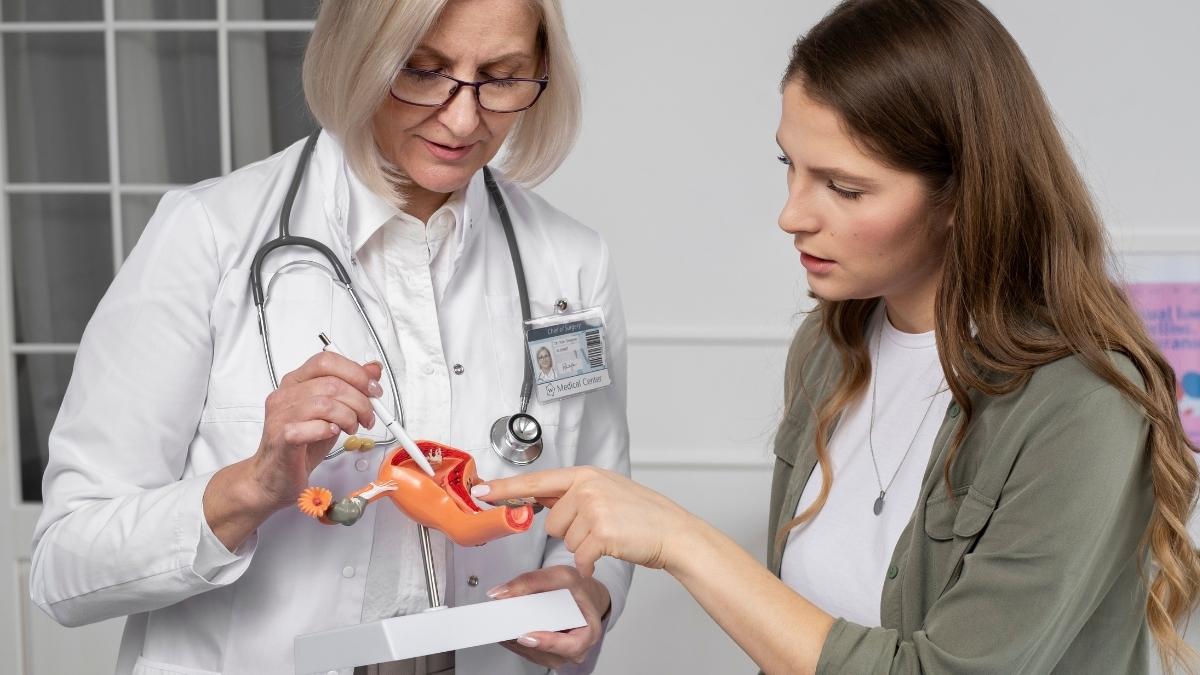
Gallbladder surgery seems like a simple fix. But new health problems can show up after your surgery. Here are three diseases that doctors see in patients who had their gallbladder removed.
1. Post-Cholecystectomy Syndrome (PCS)
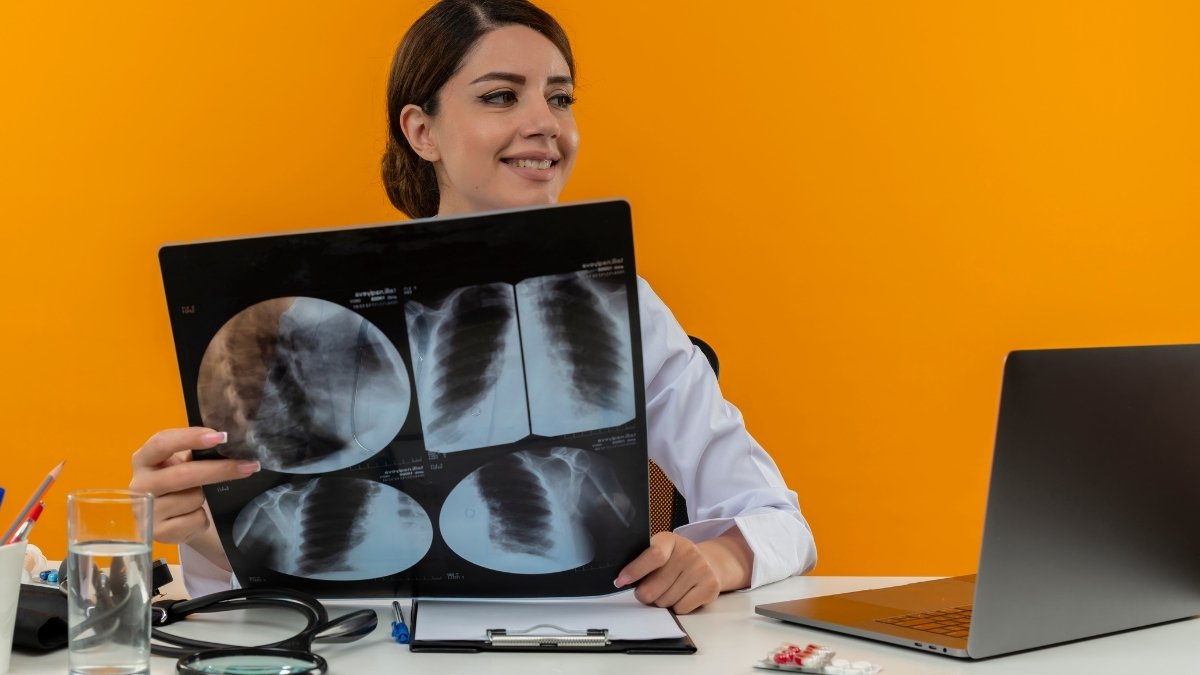
You thought surgery would end your pain. Instead, you still hurt. This condition affects 30-40% of people after gallbladder removal. The medical name is long, but the problem is real.
What Causes This Syndrome
Several things can trigger post-cholecystectomy syndrome. Bile might leak from where your surgeon made cuts. Some people still have gallstones hiding in their bile ducts. Others had a different disease all along, and removing the gallbladder didn’t fix the real problem.
Your doctor might have missed something before surgery. Acid reflux, stomach ulcers, or liver problems can cause the same pain as gallbladder disease. When the gallbladder comes out but these conditions stay, you keep hurting.
Symptoms You Might Notice
The pain feels similar to your old gallbladder attacks. It hits your upper right belly and can spread to your back or shoulder. You might feel sick to your stomach or throw up. Food doesn’t taste good anymore. Eating becomes a chore instead of a pleasure.
Some people get diarrhea that won’t stop. Others feel bloated all the time. The symptoms can start right after surgery or show up months later.
Treatment Options That Work
Doctors use different approaches to help with post-cholecystectomy syndrome. Endoscopic procedures can fix bile leaks or remove leftover stones. A thin tube with a camera goes down your throat to reach the problem areas.
Bile acid sequestrants are medicines that soak up extra bile acids. These pills can stop diarrhea and reduce pain for some patients. Your doctor might also suggest acid-blocking medicines if reflux is part of the problem.
2. Bile Acid Diarrhea
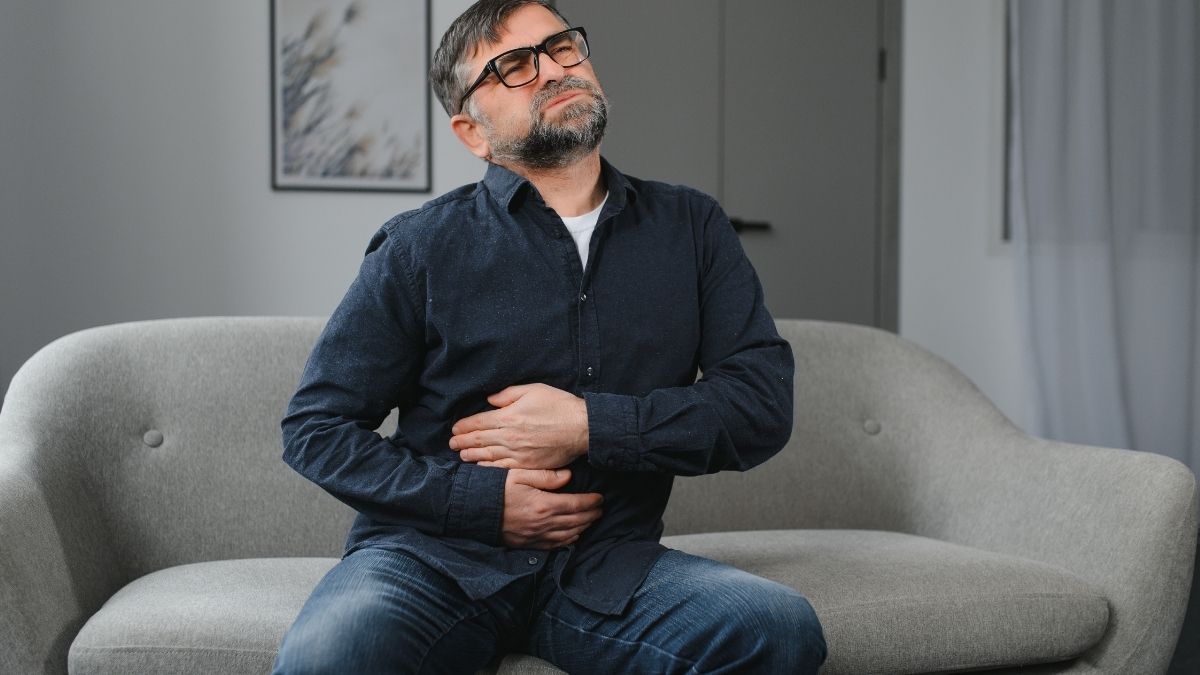
Your intestines can’t handle bile without your gallbladder’s help. This leads to a messy problem that affects your daily life.
Why This Happens After Surgery
Your gallbladder used to store bile and release it when needed. Now bile drips into your intestines all day long. Too much bile irritates your colon and causes watery diarrhea.
The small intestine tries to absorb extra bile acids, but it can’t keep up. These acids reach your colon and trigger urgent bowel movements. You might need to run to the bathroom several times a day.
Signs You Have This Problem
The diarrhea usually happens 1-3 hours after eating. Fatty or greasy foods make it worse. You might have stomach cramps before each episode. Some people lose weight because their body can’t absorb nutrients properly.
Getting Relief
Bile acid sequestrants work well for this condition. Cholestyramine and colesevelam are common options. These medicines bind to bile acids and remove them from your system.
Changing what you eat also helps. Smaller meals put less stress on your digestive system. Avoid fried foods, cream sauces, and other high-fat items. Soluble fiber from oats and beans can slow down bowel movements.
3. Small Intestinal Bacterial Overgrowth (SIBO)
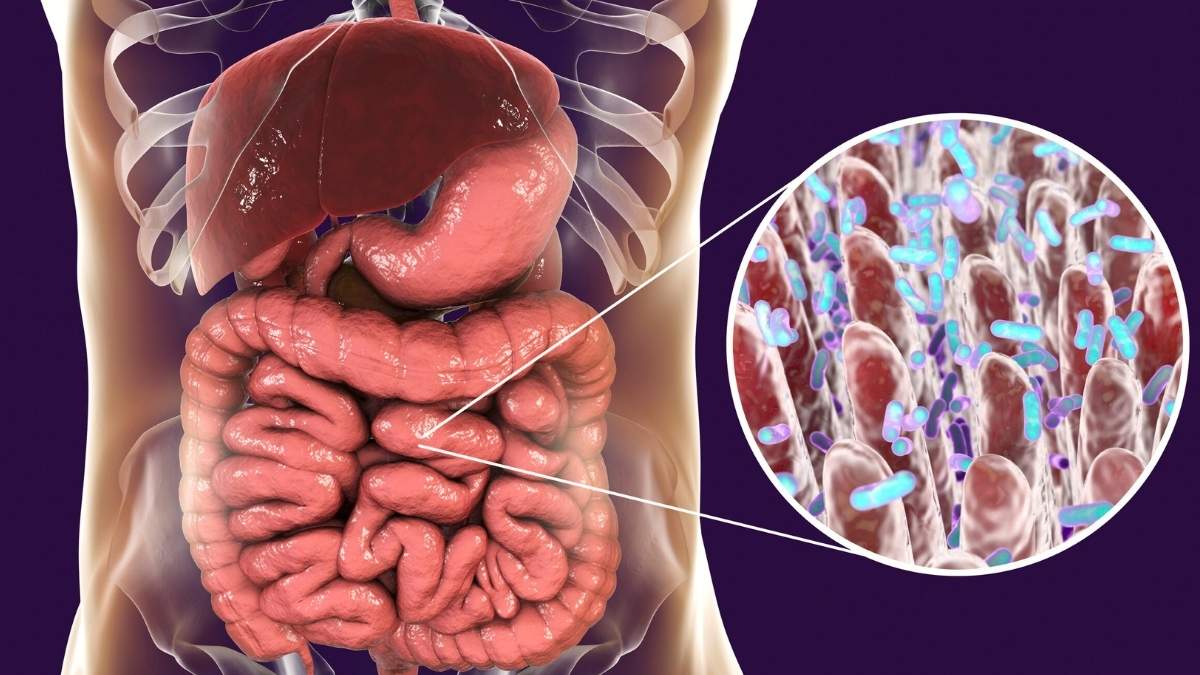
Bacteria multiply in places where they shouldn’t be. This creates new digestive problems after gallbladder removal.
How Gallbladder Surgery Leads to SIBO
Your gallbladder used to help control bacteria in your small intestine. Bile has natural antibiotic properties that keep harmful bacteria in check. Without this protection, bad bacteria can grow out of control.
Changes in how food moves through your intestines also contribute to SIBO. When digestion slows down, bacteria have more time to multiply in the wrong places.
Symptoms That Point to SIBO
Bloating is the biggest clue. Your belly swells up like a balloon, especially after eating. Gas becomes a constant problem. You might feel full even when you haven’t eaten much.
Some people get brain fog or feel tired all the time. Bacteria steal nutrients from your food, leaving you malnourished even if you eat well.
Treatment Approaches
Antibiotics can kill the overgrown bacteria. Rifaximin is a common choice because it stays in your intestines and doesn’t affect your whole body. Some doctors use other antibiotics like metronidazole.
Probiotics might help restore healthy bacteria balance. But timing matters – take them away from antibiotic doses. Certain diets can also starve harmful bacteria while feeding good ones.
Moving Forward
These conditions are treatable, but they require patience. Work with a doctor who knows about post-surgical digestive problems. Keep track of your symptoms and what foods trigger them. With the right approach, you can feel better and get your life back on track.
2. Sphincter of Oddi Dysfunction
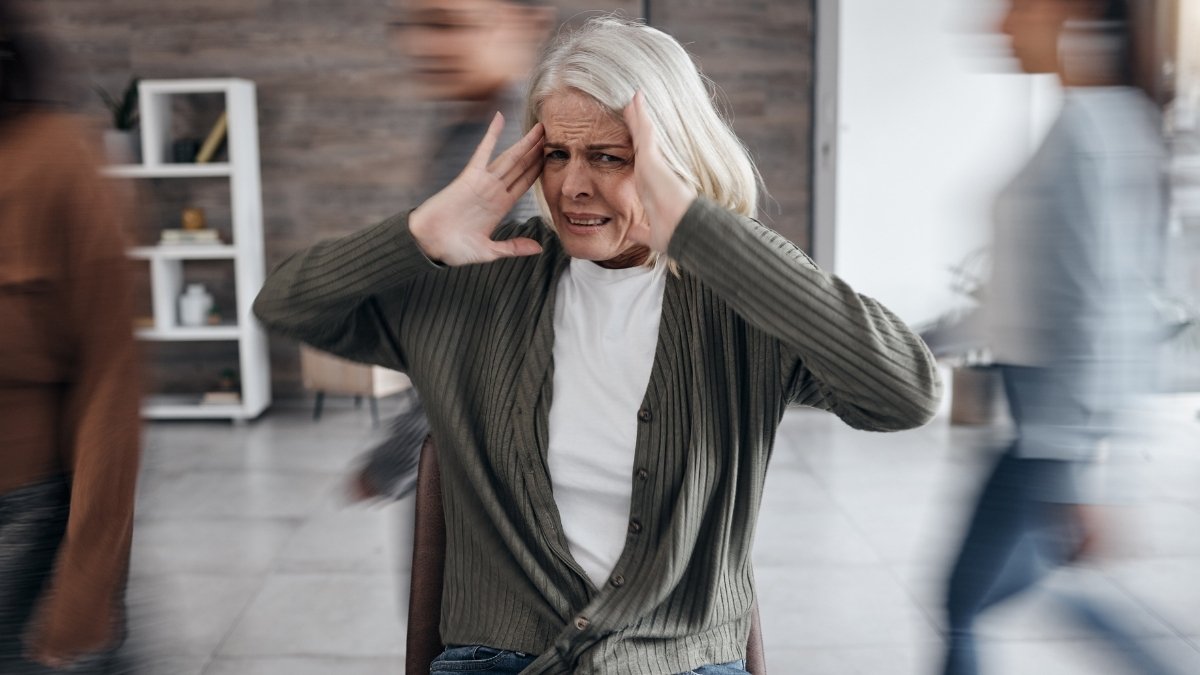
Your bile duct has a small valve that can go haywire after gallbladder surgery. This creates serious pain that feels like a heart attack in your belly.
What Is the Sphincter of Oddi
Think of this valve like a tiny muscle that opens and closes where your bile duct meets your small intestine. It controls when bile flows into your digestive system. When working properly, it opens to let bile through and closes to prevent backup.
This valve has a fancy medical name, but what matters is how it affects you. After gallbladder removal, this muscle can start spasming or staying too tight.
Why Surgery Triggers This Problem
Gallbladder removal changes the pressure in your bile system. Your liver now pushes bile directly into the ducts without a storage pouch to buffer the flow. This puts new stress on the sphincter valve.
The valve tries to adapt to these pressure changes. Sometimes it overreacts by clamping down too hard or spasming unpredictably. When bile can’t flow freely, it backs up and causes intense pain.
Symptoms That Signal Trouble
The pain hits your upper belly and feels similar to a gallbladder attack. It can last 30 minutes to several hours. The pain might shoot to your back or right shoulder blade.
Jaundice is a serious warning sign. Your skin and eyes turn yellow when bile backs up into your bloodstream. This happens because the blocked bile has nowhere else to go.
Some people get pancreatitis-like pain. This feels like someone is stabbing you in the stomach with a hot knife. The pain often gets worse when you eat fatty foods or lie flat.
How Common Is This Problem
Sphincter of Oddi dysfunction shows up in 14-20% of people who have post-cholecystectomy syndrome. That means if 100 people get ongoing problems after gallbladder surgery, about 15-20 of them have this valve issue.
The numbers tell us this isn’t rare. Many doctors miss this diagnosis because the symptoms look like other conditions.
Getting the Right Diagnosis
Your doctor needs special tests to confirm this problem. Blood tests can show if your liver enzymes are high during pain episodes. HIDA scans track how bile moves through your system.
The most accurate test is called ERCP. A doctor puts a small tube down your throat to measure pressure in the bile duct. High pressure readings confirm the valve isn’t working properly.
Treatment Options
Medicines can help relax the sphincter muscle. Calcium channel blockers and nitrates sometimes reduce spasms. Pain medicines might help during bad episodes, but they don’t fix the root problem.
Sphincterotomy is a procedure that cuts the tight valve. A doctor uses a small knife during ERCP to widen the opening. This lets bile flow more freely and often stops the pain.
The procedure isn’t perfect. Some people need it repeated if scar tissue forms. Others develop new problems like infections or bleeding.
What This Means for You
If you have severe belly pain after gallbladder surgery, don’t ignore it. Keep track of when the pain happens and what triggers it. This information helps your doctor figure out if your sphincter valve is the culprit.
Early treatment works better than waiting. The longer the valve stays damaged, the harder it becomes to fix. Get help before the problem gets worse and affects your quality of life.
3. Chronic Diarrhea & Bile Acid Malabsorption
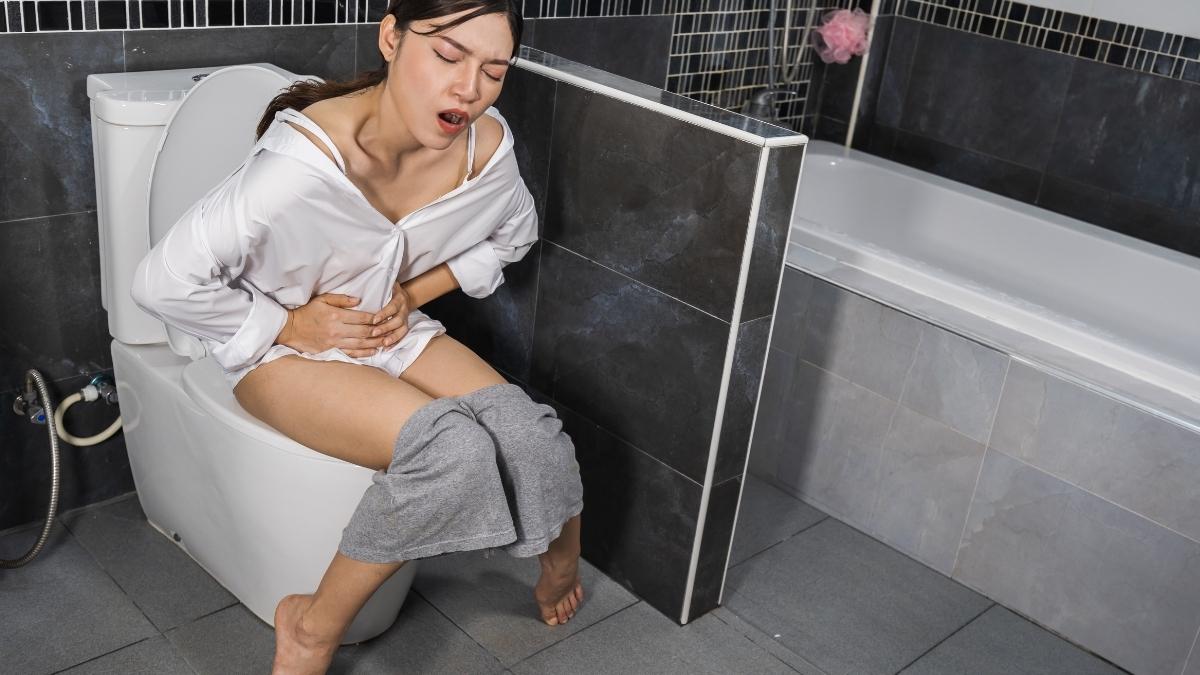
You rush to the bathroom again. And again. Life without gallbladder can mean spending your day near a toilet instead of living normally.
Why Your Intestines Are Angry
Your gallbladder used to store bile and release it when needed. Now bile drips into your intestines all day long. Too much bile acts like a laxative that never stops working.
These excess bile acids irritate your intestine walls. Think of it like pouring hot sauce on a cut. Your intestines get inflamed and try to flush out the irritation by making watery bowel movements.
Your small intestine tries to absorb the extra bile acids, but it can’t keep up. The leftover acids reach your colon and trigger urgent diarrhea. This happens because your body lost its bile storage system.
Symptoms That Take Over Your Life
Watery diarrhea becomes your new normal. Some people go 10 or more times per day. The urge hits suddenly, giving you just minutes to find a bathroom.
The diarrhea usually starts 1-3 hours after eating. Fatty foods make it worse because they trigger more bile release. You might wake up at night with urgent bowel movements.
Stomach cramps often come before each episode. You feel bloated and gassy throughout the day. Some people lose weight because their body can’t absorb nutrients from food that moves through too quickly.
How This Ruins Daily Life
You start planning trips around bathroom locations. Long car rides become stressful. You avoid restaurants because you never know when symptoms will hit.
Work meetings get interrupted by urgent bathroom breaks. Social events feel risky because you might need to leave suddenly. Many people become housebound because they’re afraid of accidents.
The constant worry about finding bathrooms affects your mental health. Anxiety builds every time you eat. Life without gallbladder shouldn’t mean living in fear of your digestive system.
Treatment That Actually Works
Cholestyramine is a medicine that soaks up excess bile acids like a sponge. Take it before meals to catch bile acids before they cause problems. Most people see improvement within a few days.
The medicine comes as a powder you mix with water or juice. It tastes chalky, but many patients say it’s worth the relief. Some insurance companies cover it, while others require prior approval.
Colesevelam is another option that comes in pill form. It works the same way but might be easier to take. Your doctor can help decide which bile acid binder works best for you.
Diet Changes That Help
A low-fat diet reduces the amount of bile your liver makes. Limit fried foods, cream sauces, and fatty meats. Choose baked, grilled, or steamed foods instead.
Eat smaller meals more often. Large meals trigger big bile dumps that overwhelm your system. Five small meals work better than three large ones.
Soluble fiber from oats, beans, and apples can slow down bowel movements. Add these foods gradually to avoid more gas and bloating.
What to Expect Long-Term
Most people get better with the right treatment, but it takes time. Some need to take bile acid binders for months or years. Others can stop the medicine once their body adapts.
Keep a food diary to identify your trigger foods. What bothers one person might be fine for another. Learning your personal limits helps you eat without fear.
When to Get Help
Don’t suffer in silence if you’re having frequent diarrhea after gallbladder surgery. Dehydration and nutrient deficiencies can develop quickly. See your doctor if you’re going more than 5 times per day or losing weight.
Blood tests can check for vitamin deficiencies. Your doctor might also test for other causes of diarrhea to make sure bile acid malabsorption is the real problem.
Life without gallbladder can be normal again with the right treatment. You don’t have to accept constant diarrhea as your new reality. Help is available, and most people find relief once they get proper care.
When to Avoid Surgery (and Alternatives)
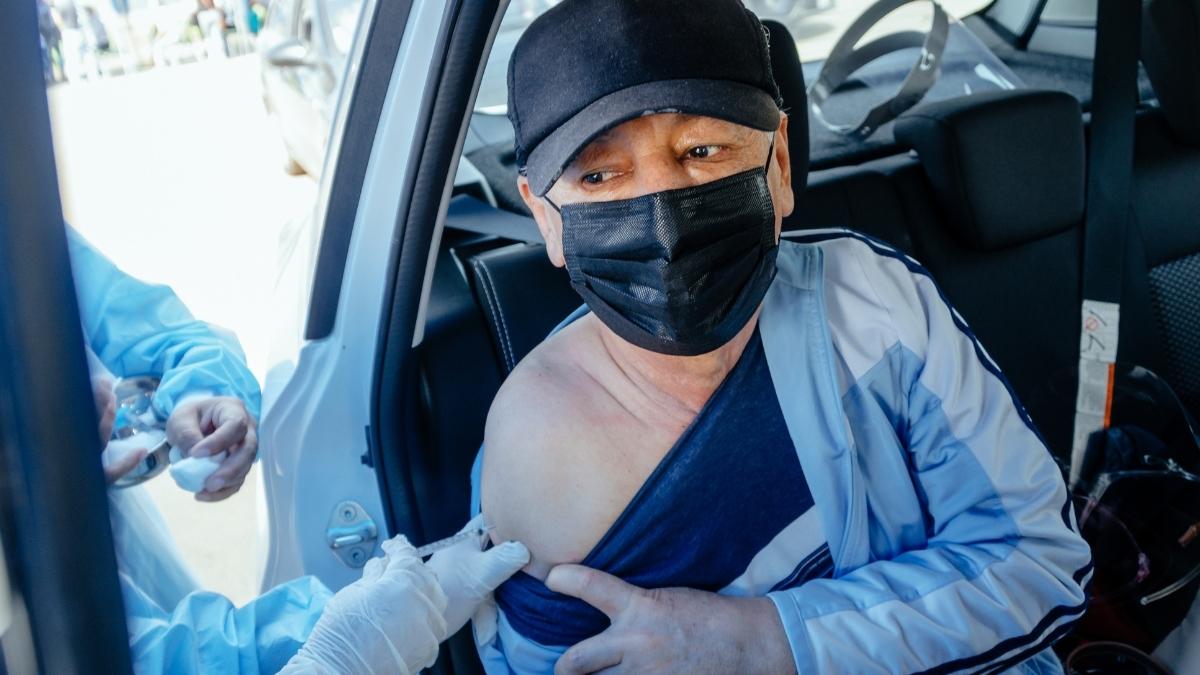
Your doctor found gallstones and wants to schedule surgery. But wait. You might not need your gallbladder removed at all. Here’s when you can avoid gallbladder surgery and what else might work.
Silent Stones Don’t Need Surgery
Many people have gallstones that never cause problems. These “silent stones” sit quietly in your gallbladder without making you sick. If you feel fine and have no symptoms, surgery isn’t necessary.
Studies show that asymptomatic gallstones cause problems in only 1-2% of people per year. That means 98% of people with silent stones stay healthy without surgery. The risk of surgery complications is often higher than the risk of keeping quiet stones.
Some doctors recommend surgery “just in case,” but this approach can cause more harm than good. Your gallbladder serves important functions in digestion. Keep it if it’s not bothering you.
Medicines That Dissolve Stones
Ursodeoxycholic acid is a pill that can shrink or dissolve certain gallstones. This medicine works best on small, cholesterol-based stones. It takes 6 months to 2 years to work, but many people avoid surgery completely.
The medicine isn’t perfect. It only works on about 30% of gallstones. Stones can come back after you stop taking it. But for people who want to avoid gallbladder surgery, it’s worth trying first.
Diet Changes That Help
A low-fat diet can prevent gallbladder attacks without surgery. Avoid fried foods, fatty meats, and cream-based sauces. Eat smaller meals more often to reduce stress on your gallbladder.
Weight loss also helps if you’re overweight. Lose weight slowly – rapid weight loss can actually trigger more gallstone formation. Aim for 1-2 pounds per week.
Some people find that avoiding specific trigger foods prevents attacks. Common triggers include chocolate, coffee, and spicy foods. Keep a food diary to identify what bothers you.
Lithotripsy Breaks Up Stones
Shock wave lithotripsy uses sound waves to break gallstones into tiny pieces. These small fragments can then pass out of your body naturally. This treatment works best for single, large stones.
The procedure isn’t widely available for gallstones like it is for kidney stones. Most doctors prefer surgery because it’s more reliable. But lithotripsy might be an option if you can’t have surgery due to other health problems.
When Surgery Can’t Wait
Some situations require immediate surgery. Don’t try to avoid gallbladder surgery if you have these red flags:
Fever with gallbladder pain signals infection. This can become life-threatening quickly. Unrelenting pain that doesn’t respond to medicine also needs emergency surgery.
Jaundice makes your skin and eyes turn yellow. This means stones are blocking your bile duct. Surgery needs to happen within hours to prevent serious complications.
Making the Right Choice
Talk honestly with your doctor about your symptoms and concerns. Get a second opinion if you’re unsure about surgery. Emergency cases need immediate action, but elective surgery can usually wait while you try other options.
Remember that avoiding surgery now doesn’t mean avoiding it forever. You can always choose surgery later if conservative treatments don’t work. But once your gallbladder is gone, you can’t get it back.
High-Risk vs. Safe Foods After Gallbladder Removal
| High-Risk Foods (Avoid) | Fat Content | Safe Alternatives | Fat Content |
|---|---|---|---|
| Fried chicken (1 piece) | 15g | Grilled chicken breast (3 oz) | 3g |
| French fries (medium) | 17g | Baked sweet potato | 0.1g |
| Cheeseburger | 20g | Turkey sandwich (lean) | 4g |
| Ice cream (1/2 cup) | 7g | Frozen yogurt (1/2 cup) | 2g |
| Pizza slice (pepperoni) | 12g | English muffin with tomato | 1g |
| Butter (1 tablespoon) | 11g | Cooking spray | 0g |
| Whole milk (1 cup) | 8g | Skim milk (1 cup) | 0.2g |
| Nuts (1/4 cup) | 16g | Pretzels (1 oz) | 1g |
| Chocolate bar | 9g | Graham crackers (2 squares) | 1g |
| Salad with ranch dressing | 14g | Salad with balsamic vinegar | 0.5g |
Key Guidelines:
- Aim for less than 20g total fat per day
- Read labels carefully – fat adds up quickly
- Choose baked, grilled, or steamed over fried
- Use herbs and spices instead of butter or oil
Conclusion
Gallbladder removal fixes serious problems like infected gallbladders and blocked bile ducts. But surgery comes with real risks. Post-cholecystectomy syndrome, sphincter dysfunction, and chronic diarrhea can make your life miserable after surgery.
You have choices before going under the knife. Medicine can dissolve some stones. Diet changes prevent many gallbladder attacks. These options work well for people with mild symptoms who aren’t facing emergencies.
Don’t rush into surgery if you have time to think. Silent stones rarely cause problems. Even painful stones might respond to conservative treatment first.
The diseases after gallbladder removal are treatable, but prevention is better. If you’re considering surgery, track your symptoms for 2 weeks first. Write down what triggers your pain and how often attacks happen.
Share this information with your doctor. It helps them decide if you really need surgery or if other treatments might work. Your gallbladder serves important functions – keep it if you can.
